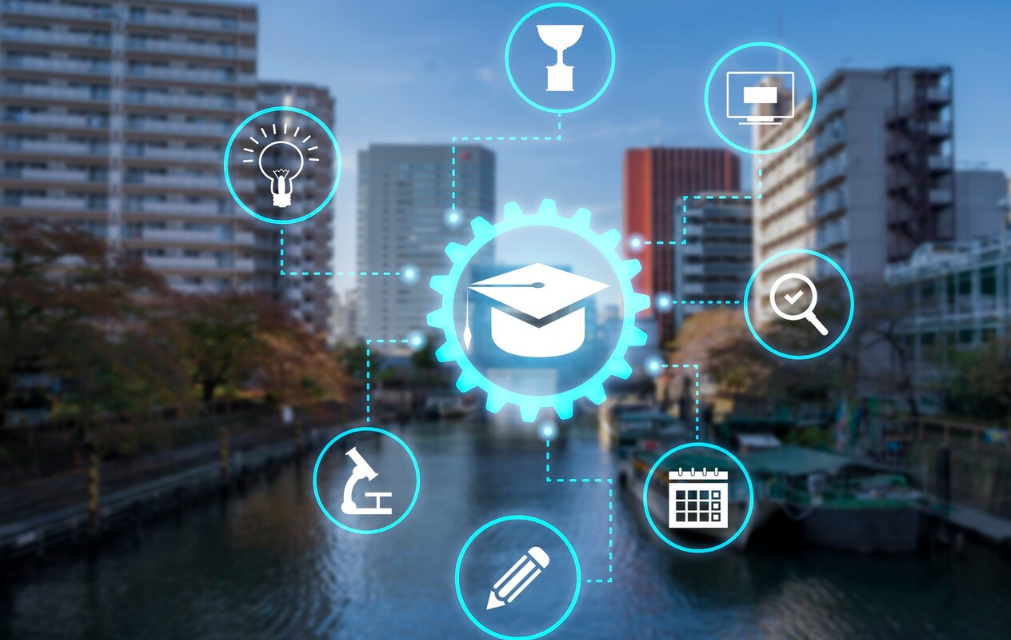The internet has come a long way since its humble beginnings. From static pages to immersive experiences, it has evolved in waves—each more powerful than the last. Now, as we stand on the edge of a new digital frontier, a question arises: What will Web 4.0 look like?
Welcome to the next internet, where intelligence, autonomy, and deep integration will redefine how we live, work, and connect.
A Quick Recap: From Web 1.0 to 3.0
Before diving into Web 4.0, it’s useful to understand the journey so far:
- Web 1.0 (1990s): Static content, read-only web. Websites were digital brochures.
- Web 2.0 (2000s): Interactive and social. Users could create content—blogs, social media, wikis.
- Web 3.0 (2010s–2020s): Semantic web and decentralization. Blockchain, AI, and user empowerment gained traction.
Now, Web 4.0 is poised to take this evolution further—into a world where the line between the digital and physical fades.
So, What Is Web 4.0?
Web 4.0 is often described as the “symbiotic web”—a phase where digital systems understand, anticipate, and interact with humans naturally and intuitively.
Imagine an internet that:
- Understands context, emotion, and intention
- Communicates through voice, gestures, and thought interfaces
- Interacts across real and virtual environments seamlessly
- Operates autonomously and securely with minimal human input
It’s not just smarter—it’s deeply integrated into our everyday lives.
Key Features of Web 4.0
1. Artificial General Intelligence (AGI) Integration
Web 4.0 will leverage AI systems that not only respond to commands but think and reason. Assistants will evolve into collaborators—writing, designing, strategizing, and solving complex problems with us.
2. Ubiquitous Connectivity
Devices, wearables, and sensors will be part of a massive, invisible network. The Internet of Everything (IoE) will replace IoT, creating an environment where everything communicates—from your fridge to your shoes.
3. Immersive Mixed Reality
Web 4.0 will blur the lines between digital and physical worlds. With AR, VR, and the upcoming XR (Extended Reality) technologies, users will attend meetings, concerts, and even vacations in fully immersive virtual environments—often indistinguishable from the real world.
4. Decentralized Intelligence
Web 4.0 will further decentralize power, with smart contracts, decentralized identities, and autonomous organizations (DAOs) becoming mainstream. Control shifts from big tech to individual users.
5. Emotional and Contextual Computing
Systems will adapt to users’ emotions, environments, and cognitive states. The web won’t just know what you want—it will feel how you feel.
Opportunities and Challenges
🚀 Opportunities
- Personalized education, medicine, and productivity tools
- Seamless global collaboration
- Hyper-efficient smart cities and homes
- Empowerment through data ownership and control
⚠️ Challenges
- Massive privacy concerns with omnipresent data collection
- Ethical dilemmas in AI autonomy
- Digital addiction and over-dependence
- Inequality in access to advanced infrastructure
Web 4.0 promises transformation, but it demands careful, ethical development to avoid deepening digital divides or enabling surveillance overreach.
When Will Web 4.0 Arrive?
There’s no fixed launch date—Web 4.0 is emerging gradually. We’re already seeing its early signs in:
- Neural interfaces (like Elon Musk’s Neuralink)
- Context-aware assistants (powered by advanced AI models)
- Decentralized platforms and DAOs
- AR glasses and spatial computing
The full realization of Web 4.0 may unfold between 2030 and 2040, depending on global collaboration, infrastructure, and regulation.
Final Thoughts
Web 4.0 isn’t just an upgrade—it’s a paradigm shift. It promises a world where the internet becomes an intelligent, emotional, and ever-present layer in our lives.But with great power comes great responsibility. As users, developers, and policymakers, we must guide this evolution with wisdom—ensuring that the next internet is not only smarter, but also fairer, safer, and more human.


